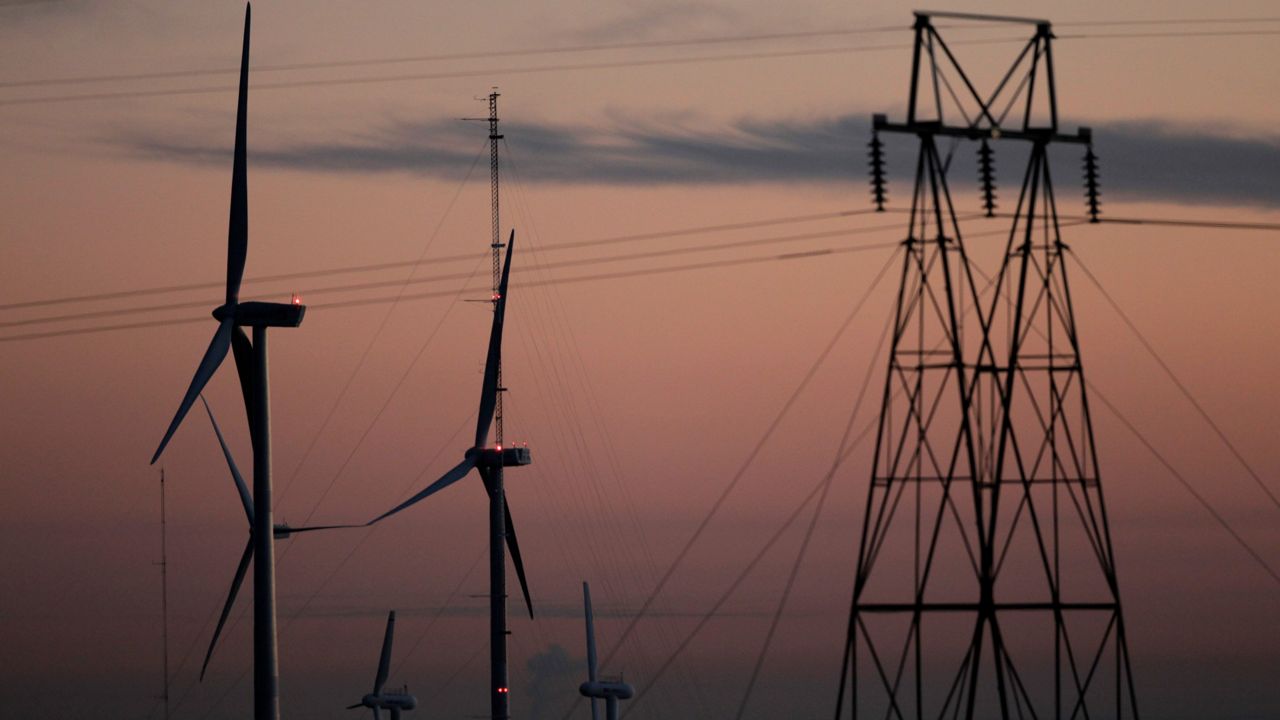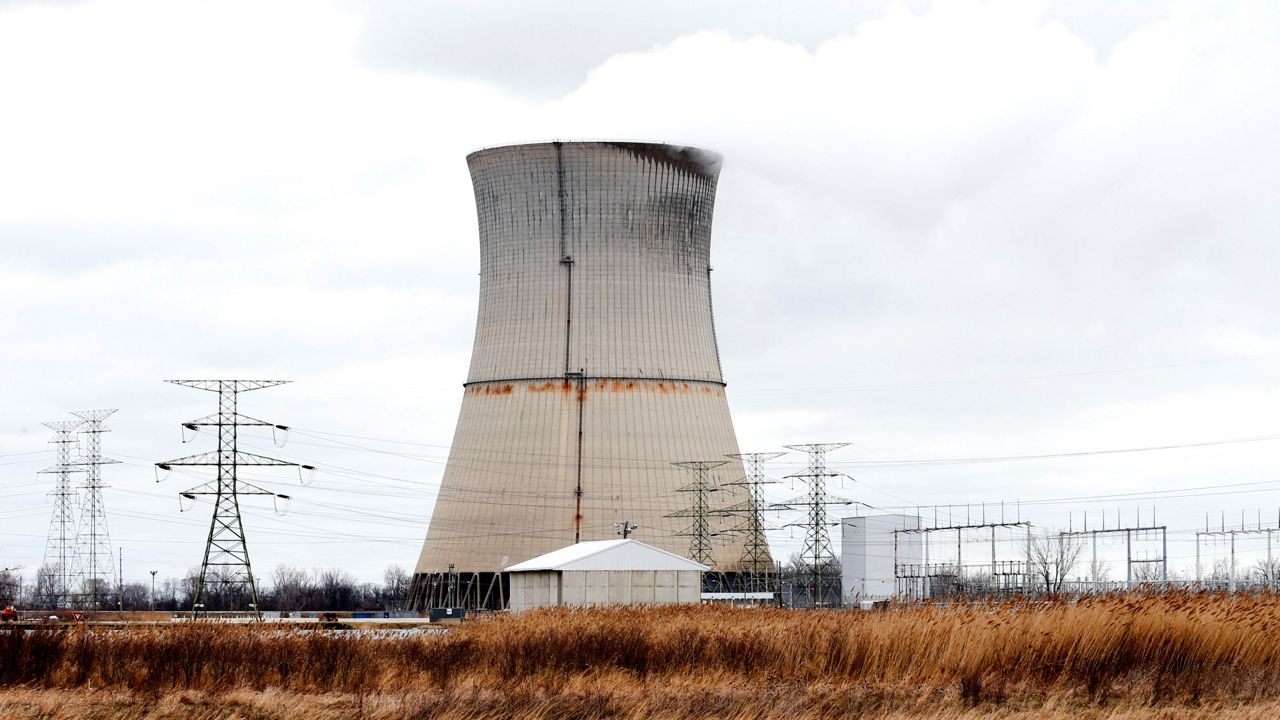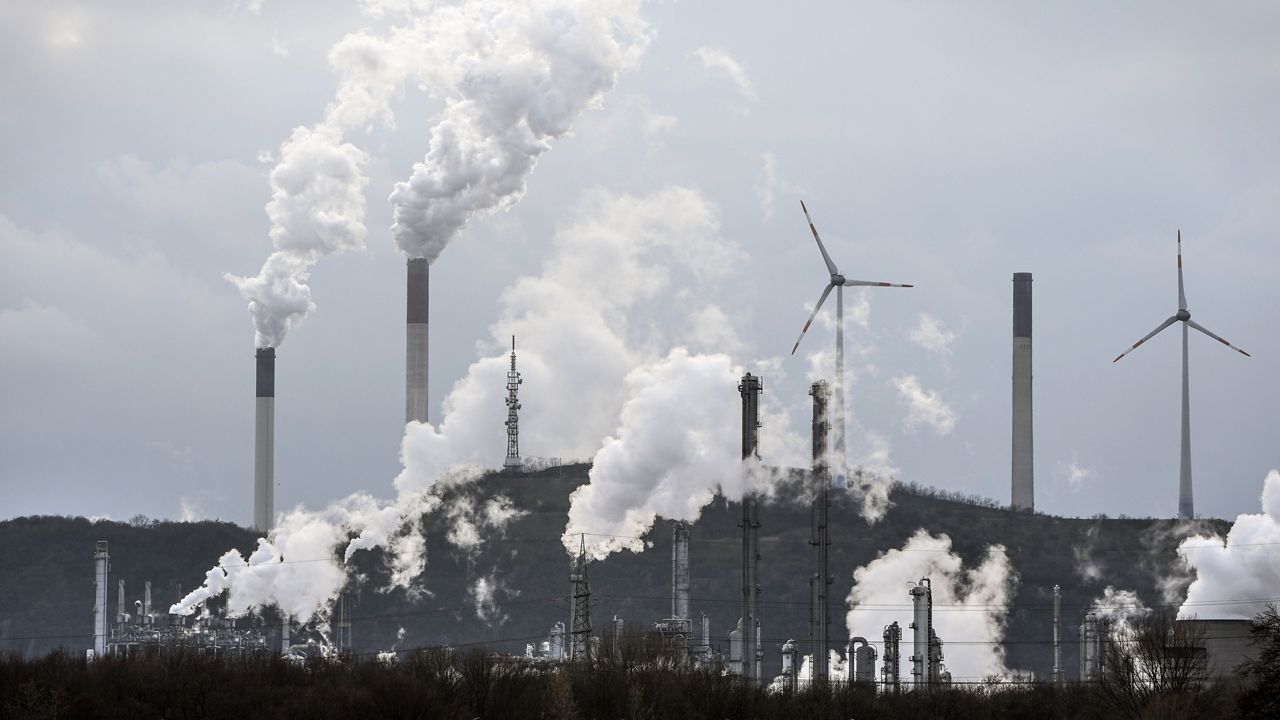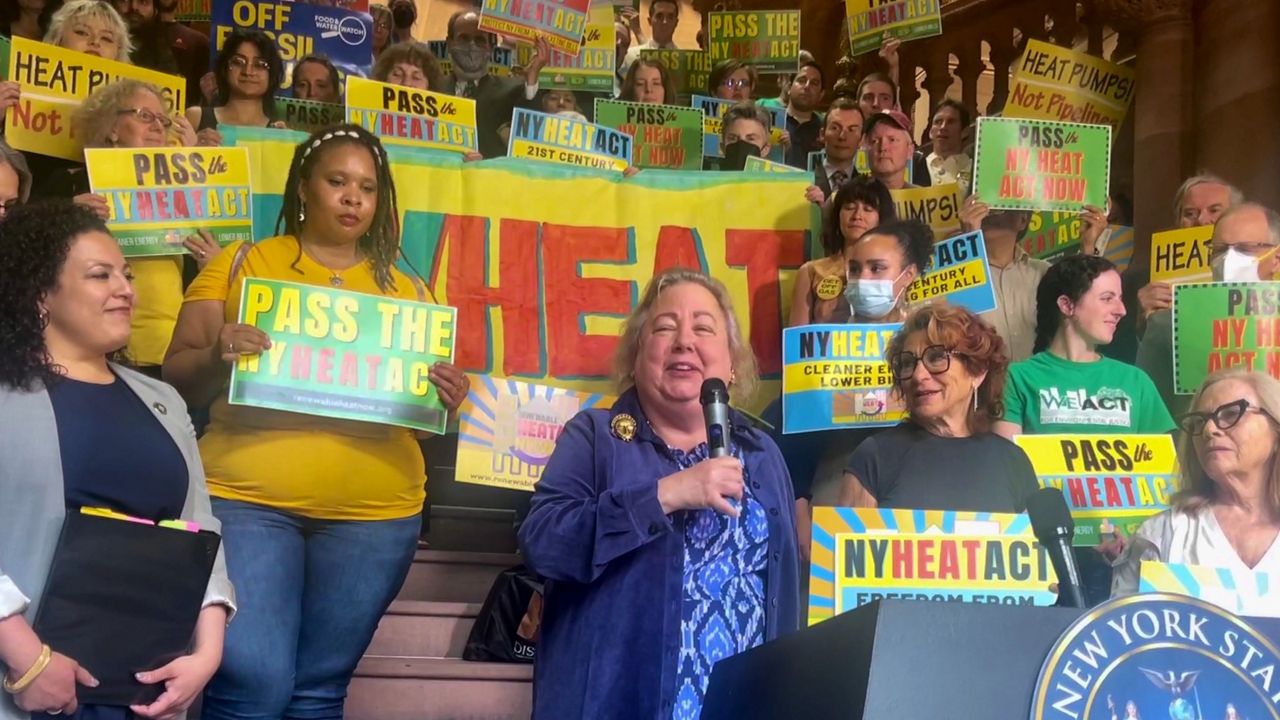Add climate to the list of issues around which Gov. Kathy Hochul and Legislature leaders are butting heads in budget negotiations.
New York’s climate transition is expected to cost billions of dollars annually, which is one of the reasons the governor included a Cap & Invest program in her executive budget — it’s a pollution credits scheme through which polluters can help pay for the transition’s enormous tab. But until wind, solar and other renewables are more attainable, average New Yorkers will still be on the hook, financially.

In order to lessen the burden on consumers, the governor wants to change how the state measures methane in the environment.
The state’s final climate plan is based on measuring methane over a 20-year period. But a piece of legislation backed by Gov. Hochul and introduced by the legislative Energy Committee chairs, Sen. Kevin Parker and Assemblymember Didi Barrett, would change that (S.6030/A.6039). Instead, it would allow for methane to be measured over a 100-year period.
Environmentalists are angry, arguing that the governor, Parker and Barrett are “gutting” the state’s climate law, the Climate Leadership and Community Protection Act (CLCPA), passed in 2019.
The fossil fuel industry is supportive of this change.
Here’s why this change is a big deal: Methane is a potent greenhouse gas; in some ways worse for the environment than carbon dioxide, but it dissipates faster. Measuring methane over 100 years rather than 20 years would make it appear that methane isn’t as problematic in the short-term as it is.
The issue could have significant policy implications. Capital Tonight asked both state DEC Commissioner Basil Seggos and New York State Energy Research and Development Authority (NYSERDA) President and CEO Doreen Harris about them.
“First and foremost, the governor is trying to maintain New York’s leadership on climate. It’s a core principle that she brought into office and we have been carrying that out for several years,” said Seggos.
But Gov. Hochul instructed both the DEC and NYSERDA to look at the affordability of Cap & Invest.
“We began running the numbers on that, based on some of the metrics being used by Washington state and some of our own, and revealed some…potentially extraordinary costs affiliated with the program,” Seggos explained. “So that’s really what this is. It isn’t a focus necessarily on methane itself, or any particular pollutant. It is how do we implement the CLCPA in a way that doesn’t put extraordinary costs on the pockets of New Yorkers.”
The task before DEC and NYSERDA is three-fold: To launch Cap & Invest, generate revenue to offset the cost of the transition and keep the whole system affordable.
The Climate Action Council’s scoping plan was released in December using the 20-year methane metrics. When asked if there had been a more recent analysis, NYSERDA’s Doreen Harris said yes.
“What the governor has asked us to do, and what we have now delivered, is an analysis around one piece (of the CLCPA), answering the question of how does one get from here to there,” Harris said. “This Cap & Invest proposal is an important part of not only capping emissions, but also investing revenues toward the change that we seek.”
Harris explained that under the CLCPA’s accounting framework, New Yorkers would be paying “substantially more out of their pockets, at the pump, to heat their homes and beyond.”
At the same time, she agreed that the original cost analysis of the transition by the Climate Action Council indicated that the benefits of action, using the 20-year methane metric, far outweighed the costs of the transition.
Raya Salter, Climate Action Council member and executive director of the Energy Justice Law & Policy Center, criticized the change in how methane would be counted under the new bill.
“The fossil fuel industry wants to roll back the CLCPA’s methane standards in order to keep their dirty infrastructure and staggering profits at the expense of New York’s health, economy, and frontline communities,” Salter wrote.
Salter argues that instead of using an “outdated 100-year metric proposed in the early 1990s to determine the Global Warming Potential, or GWP, the CLCPA uses the 20-year GWP for methane, which far better captures the climate damage caused by methane.”
Currently, New York state and the state of Maryland use the 20-year global warming potential for methane.
Dr. Robert Warren Howarth, the David R. Atkinson professor of ecology and environmental biology at Cornell and a member of the state’s Climate Action Council, agrees with Salter. In a letter to the governor and legislative leaders, he wrote:
"The 20-year time frame (GWP20), endorsed in the CLCPA, is far preferable, if one is concerned about the next two decades. Large reductions of both carbon dioxide and methane over the next decade or two are critical if the Earth is to move away from the precipice of runaway, irreversible climate disruption.”










